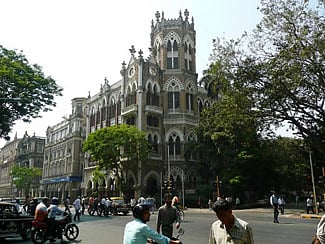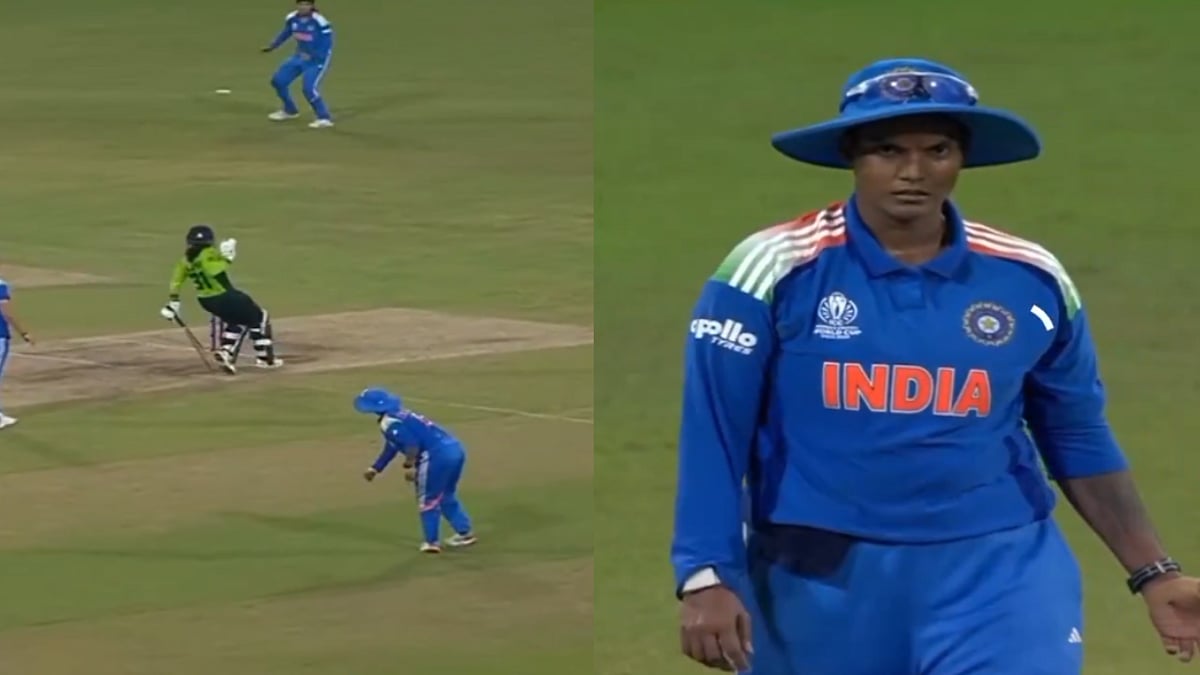Mumbai : In a startling revelation, the FPJ has found out that the Mumbai Heritage Conservation Committee (MHCC) had red flagged a part of the Metro-III project going through D N Road last year since it would harm the underground foundations of Mumbai’s iconic ‘Fort Wall’ as well as the heritage buildings on the surface.
But municipal commissioner Sitaram Kunte overruled these objections in December and gave the go-ahead to the controversial Colaba-Bandra-Seepz phase.
The 33.5 km proposed Metro line is an ambitious project with 27 fully underground stations. It got the central government’s approval in June 2013 and will connect various business districts of the city. After getting various approvals, the Mumbai Metro Rail Corporation had submitted a proposal to the MHCC in July 2013 for a No-Objection Certificate. However, after several meetings and debates, the MHCC had expressed its reservations on various aspects of the project pertaining to the stretch over D N Road and hence had suggested that the project be diverted to Cross Maidan or Azad Maidan. In a meeting held on August 28, 2014, the MHCC said that the project will obstruct and destroy the archaeological remains of the Fort Wall of the old British Fort which runs under this road and dates back to the 18th century. Although the fort was demolished in the 1860s, its foundation is of archaeological importance. “Apart from that, our other objections included crowding of pavements, loss of open space, some of the openings to the railway stations getting into the areas of existing heritage structures, heritage structures’ visibility being affected due to entry and exit points of stations etc. That is why we had asked this particular station to be relocated,” informed MHCC chairman V Rangnathan.
The MMRC then made several presentations to the MHCC as well as Kunte stating that if a station is not located at D N road, several important catchment areas will not be connected by the Metro. It also assured the MHCC that it will “ensure heritage buildings are not affected in any manner, special provisions for continuous monitoring of heritage structures will be done and that it will keep the MHCC abreast on all activities surrounding heritage structures.” A site visit and a joint meeting was also undertaken over time. Thus satisfied, in a letter dated December 9, 2014, Kunte overruled all the MHCC concerns by exercising his discretionary powers stating, “After careful deliberation on the merits of the case, I have come to the conclusion that this is a fit case for exercise of powers under DCR 67 (2) as this is an infrastructure project of extremely vital importance for Mumbai. Also I am satisfied that there is no viable alternative…” Kunte said.
However, neither Kunte nor sources from the MMRC answered questions about who will be responsible if the Fort wall or other heritage buildings are damaged in the process.










